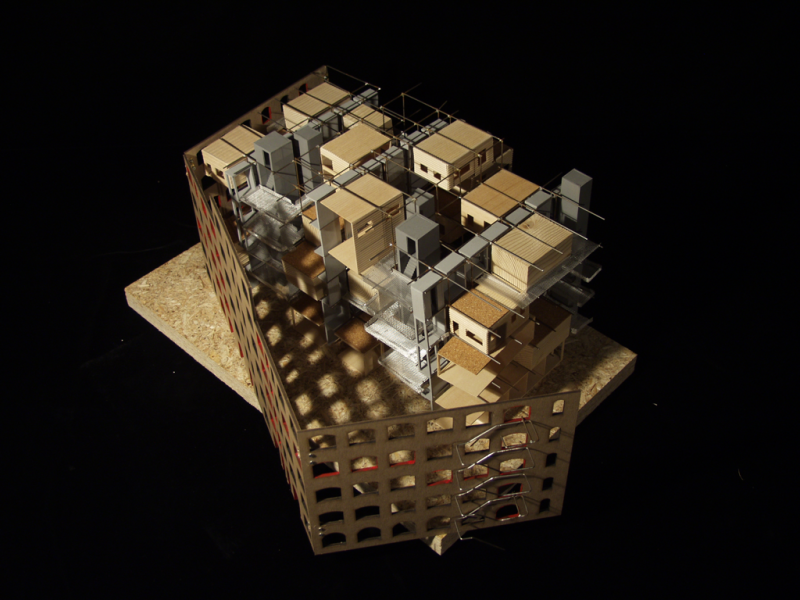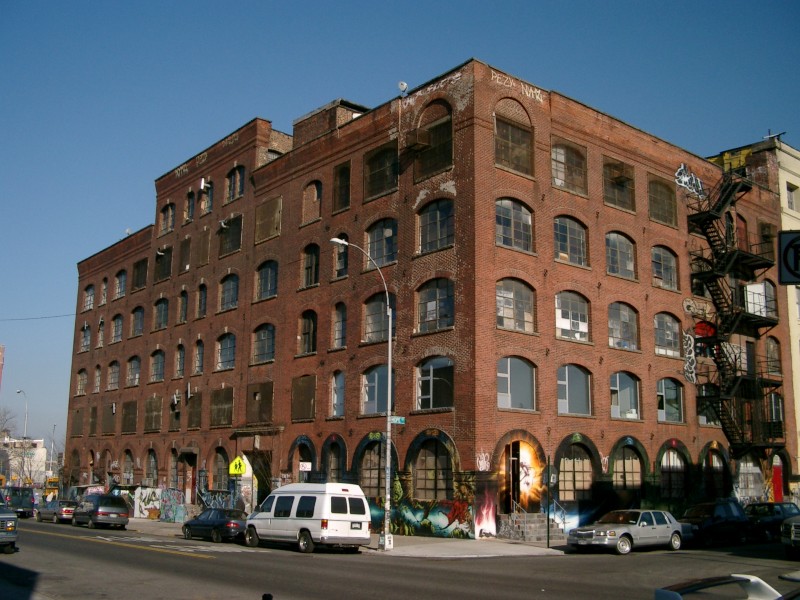Adaptation
The thesis is about adaptation in architecture. Adaptation in this case refers not only to the technical aspects of building but more so towards the sociological and contextual facets of the term.
Architecture has always had to adapt to the changing context, whether it was during the Roman time or Modernism, but considering the contemporary mass-produced culture as the new medium on which architecture operates, architecture has to adapt itself not only to the mass production of materials and technologies, but it has to modify its condition in response to the change in momentum of time – the fluctuation of programs, the varying density, and most of all, the changing lifestyle of the community.
This new mass consumer lifestyle has eradicated the notion of individuality. The target of production has become a crowd rather than a person. It has become more and more difficult to discern a lifestyle that is specific to a place from one that is globalized. Crowd has obscured individuals. The irony of such genericity lies in the fact that although everyone shares the same experience, there is no progressive interaction within the crowd. The availability of internet, television, and private transportation has put every person in isolation.
In response to such a crisis, the project attempts to create a progressive environment for such a passive community to operate. Through specific interventions, the dialectics between the crowd and the individual are addressed. The notion of standardization is modified in such a way that it stimulates social interaction, offers specific customization, and instigates a sense of self-awareness within a community.
Brooklyn, New York
2004 / Undergraduate Thesis (Advisors: Nasrine Seraji, Andrea Simitch)

